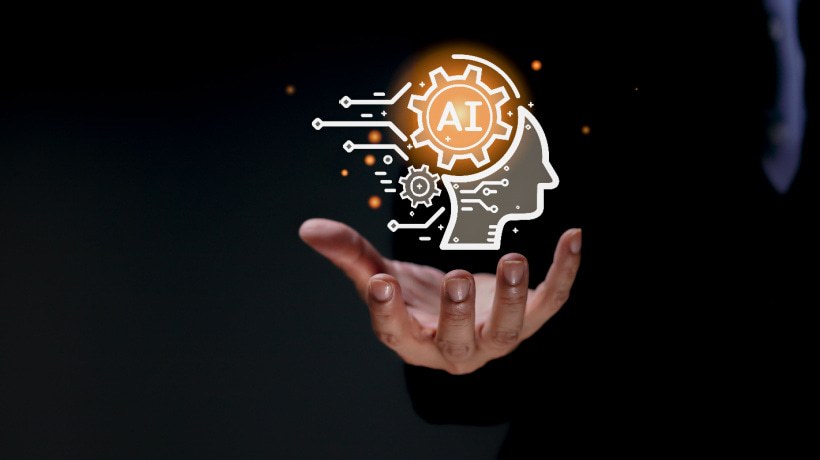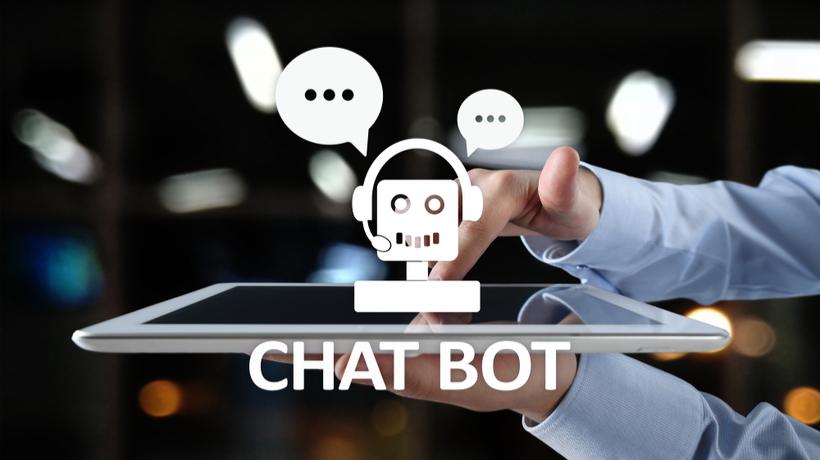Leveraging Chatbots In Learning Management Systems
Have you ever wondered about a universe where your questions are met with instant, tailored responses, regardless of the time or topic? If yes, then today it's possible due to chatbots. When chatbots are built into Learning Management Systems (LMSs), you can get answers to your questions at any time, from anywhere. With the seamless integration of chatbots into LMSs, you can get instant, personalized answers at any hour. It's like having a 24/7 tutor at your fingertips, ready to clarify doubts and provide insights.
In today’s competitive market of technology, tech companies have become an important part when it comes to developing solutions with the latest technology to refine education. Let's look at why bots aren't just a tech idea but also a powerful tool that is changing the way people learn and teach.
What Are Chatbots?
A chatbot is a computer program that is made to act like a person talking. A chatbot answers your questions, helps you do things, and a lot more. The goal of a chatbot is to make technology work for you and give you an easy way to talk to it as if it were a real person.
Why Use Chatbots In Learning Management Systems?
When it comes to Learning Management Systems, chatbots aren't just another tech concept. Chatbots are a drastic change in the way we teach and learn, both in schools and in the business world. Let’s understand why chatbots deserve your attention and how they solve some of the most pressing challenges in the learning industry today.
1. Immediate Assistance: The 24/7 Tutor
In the traditional educational environment, if you have a question, you need to wait for teacher availability or office hours. But let's say you're a working professional upgrading your skills via an online course. You're probably doing this outside of the regular 9 to 5, perhaps even past midnight. Chatbots are there for you 24/7. They answer your questions right away, whether they are about the training materials or how to use the LMS platform.
2. Real-Life Scenarios
Imagine a situation where an employee is going through an onboarding module and gets stuck on a technical point at 2 a.m. With a chatbot integrated into your LMS, they can resolve their issue right away, without having to wait for IT support to come online. This immediacy boosts learner satisfaction and aids in retention.
3. Personalization: Tailoring Learning Paths
Not all learners are the same. Some might grasp a concept quickly, while others need more time. Chatbots can analyze your performance, track your learning style, and offer resources that are specifically tailored to you. For example, an organization wants to teach its employees about new skills in technology. This is where eLearning plays an important role as it helps to train your workers in a way that makes a difference.
4. Real-Life Examples
Suppose you’re a student who struggles with data analytics but excels in marketing strategies. The chatbot can offer more tools or activities for data analytics, and it can help you move through marketing tasks more quickly. This personalized approach ensures you’re not wasting time or feeling overwhelmed.
5. Engagement: Making Learning Fun And Interactive
Engagement is often the Achilles' heel of eLearning. How do you make a digital interface as engaging as a classroom setting? Chatbots can interject interactive quizzes, flashcards, and even interactive stories right within your learning path, making the experience far from monotonous.
6. Efficiency For Administrators: Streamlining Repetitive Tasks
Think about the time and effort spent on admin tasks—enrollment, data entry, generating reports, etc. Chatbots can handle these with ease. For instance, instead of manually sorting through forms for course registration, a chatbot can automate this process, freeing up time for more significant tasks.
Real-World Applications Of Chatbots In Learning Management Systems
It's one thing to talk about how a tool could be used, and it's another thing to see its effects in the real world. We observed and championed the integration of chatbots into Learning Management Systems. So, let's talk about a few ways chatbots are already changing education and corporate training by providing answers that seemed impossible just a few years ago.
1. Onboarding: Simplifying The Initiation Process
Navigating a new learning system can be daunting for students or employees. Here, chatbots can act as a friendly guide.
Real-life scenario
Think about a new employee at a large company. They have to learn about the company's rules, computer tools, HR processes, and other things. A bot built into the LMS can walk this new hire through each step. It can explain what a course subject is, how to turn in a task, and even what jargon means. This makes sure that the user doesn't feel too overloaded and gets to work faster.
2. Reminders: More Than Just Alarm Clocks
We often underestimate the power of timely reminders. But with chatbots, reminders aren’t just automated alerts; they're smart, interactive nudges.
Real-life scenario
Imagine a student who has been inactive on their course for a week. Instead of just sending a generic notification, the chatbot analyzes their progress. It might send a message like, "Hey! Noticed you aced the last quiz on Quantum Physics. Ready to tackle the next chapter?" This way, you suggest personalization and improve the engagement rates.
3. Data Gathering: Beyond Traditional Feedback
Collecting feedback is important for improving course content, but standard ways can be time-consuming and may not get honest answers.
Real-life scenario
At the end of a company training session, employees might rush through feedback forms, giving little or no helpful criticism. After the lesson, a chatbot can start a friendly talk with the participant. It can ask specific questions like, "Was the Data Analytics Concepts module too fast-paced?" or "Would you like more visual aids in the next session?" This interactive way can get more detailed and actionable feedback.
Challenges In Integrating Chatbots Into LMSs
Chatbots, like all technological innovations, come with their fair share of challenges. While they promise to revolutionize the learning landscape, it's vital to understand the hurdles they present, to anticipate and mitigate potential issues.
1. Technical Glitches
Chatbots rely heavily on algorithms, databases, and server responsiveness. As complex pieces of software, they are susceptible to a range of technical glitches.
- Server overloads
When many users interact with a chatbot simultaneously, especially in large institutions or companies, there might be undue stress on the server, leading to slower response times or even server crashes. - Integration issues
Integrating a chatbot with an existing LMS can sometimes lead to compatibility issues. If the chatbot isn't tailored to the specific LMS, you might experience glitches in data retrieval or task execution. - Software bugs
No software is completely devoid of bugs. These can stem from programming errors, unanticipated user inputs, or conflicts with other software components. While rigorous testing can catch many of these, some might only become apparent post-deployment.
2. Limitations In Understanding
Even though chatbots utilize sophisticated Natural Language Processing (NLP) algorithms, there's a considerable gap between machine understanding and human cognition.
- Complex queries
While chatbots can handle a wide array of questions, they might stumble with complex or multi-layered queries. For example, a question like "Can you compare and contrast the implications of Theory X from last week's module with Theory Y I studied last month?" might be too intricate for the chatbot to comprehend fully and provide a concise answer. - Context recognition
Human conversations are often context-driven. We rely on past interactions, implicit meanings, and non-verbal cues. Chatbots, however advanced, might struggle with such context, leading to potential misunderstandings. - Cultural and linguistic nuances
Language isn't just about grammar and vocabulary. It's embedded with cultural nuances, idioms, and colloquialisms. Chatbots might find it challenging to navigate these nuances, especially when catering to a diverse set of learners.
Developers are always working to fix these problems, and as technology gets better, these problems will likely become less important.
The Future Of Chatbots In Learning Management
The journey has just begun. As chatbot technology continues to evolve, so will its applications in learning management:
- Adaptive learning
Imagine a chatbot that adapts the course content based on how well you're doing. - Peer learning
Chatbots could connect students who are struggling with similar issues. - AR and VR integration
Chatbots could guide students through Augmented or Virtual Reality experiences for more immersive learning.
Conclusion
Learning Management Systems that use chatbots are not just a passing fad; they are here to stay. They help right away, make learning more personal, make school more interesting, and handle administrative chores well. Even though there are problems, the future looks bright because technology keeps getting better. So, the next time you learn with a chatbot, remember that you're not just chatting; you're part of a change in education.









